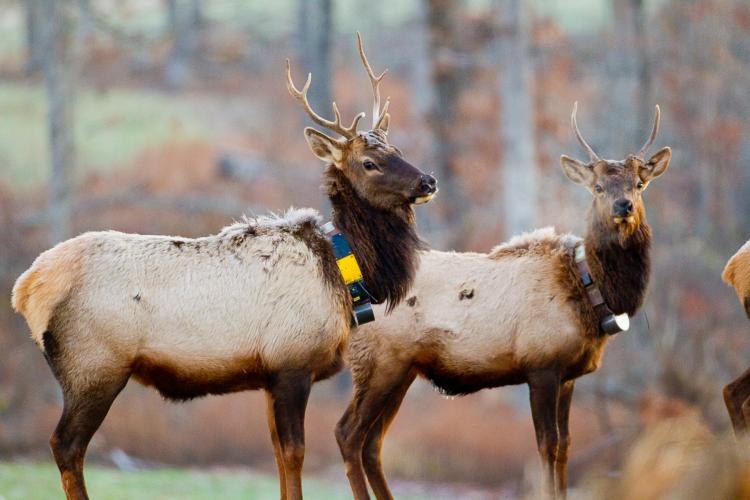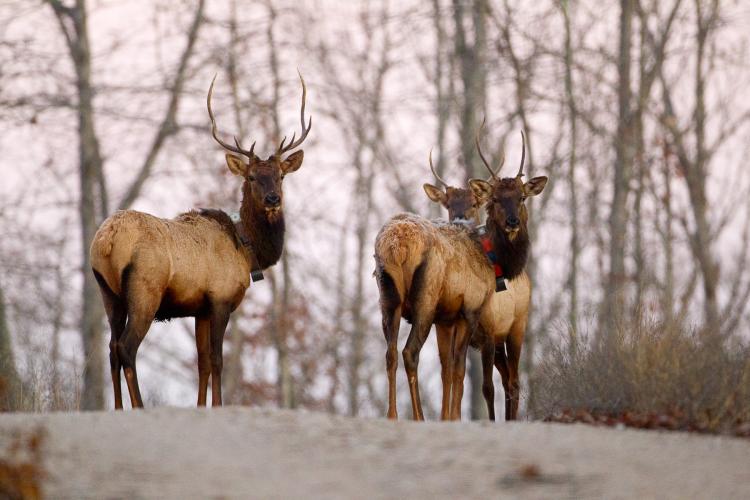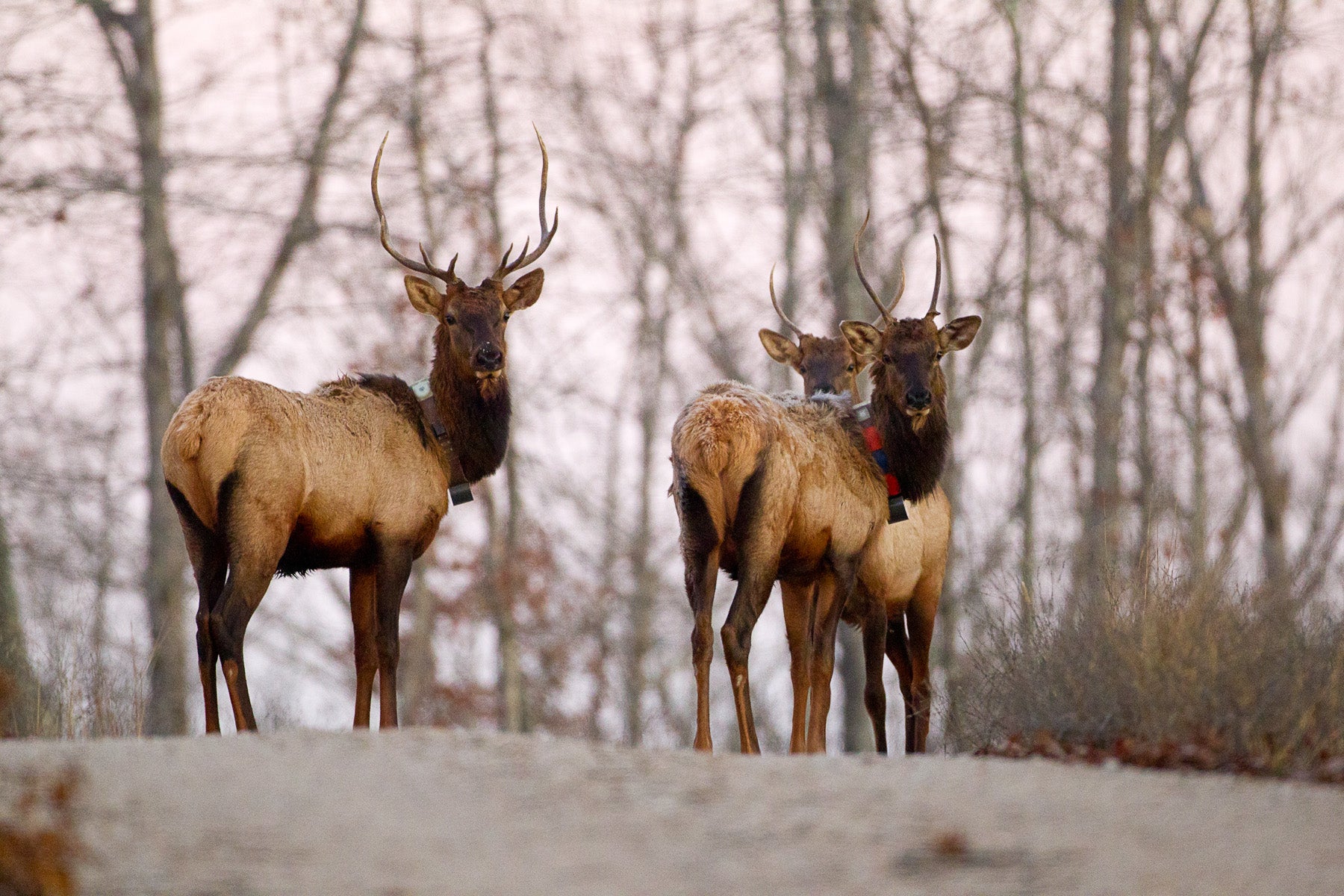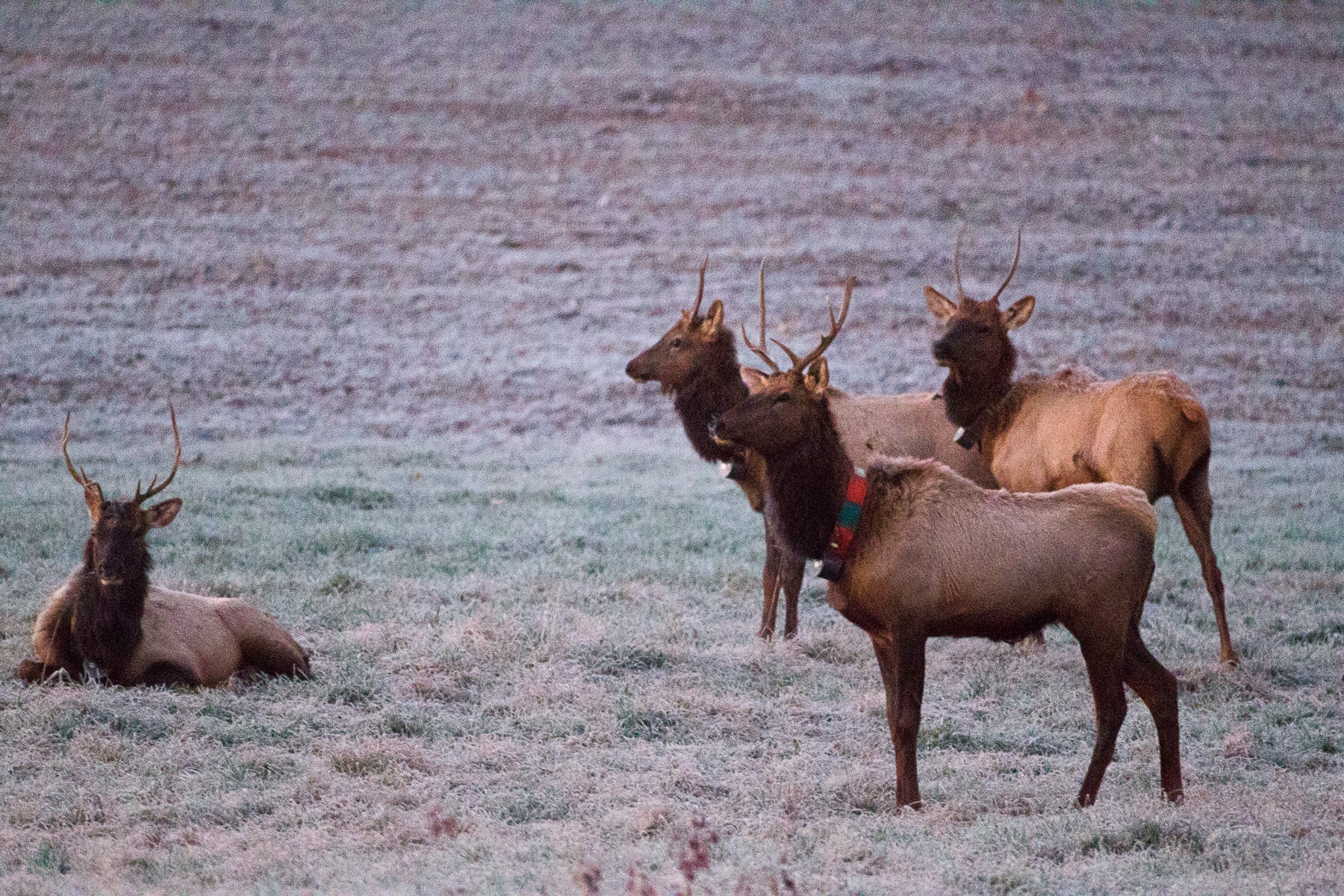
Xplor reconnects kids to nature and helps them find adventure in their own backyard. Free to residents of Missouri.


































Stay in Touch with MDC news, newsletters, events, and manage your subscription

Xplor reconnects kids to nature and helps them find adventure in their own backyard. Free to residents of Missouri.

A monthly publication about conservation in Missouri. Started in 1938, the printed magazine is free to residents of Missouri.






VAN BUREN Mo – Ron and Sandy Morton probably don’t think of themselves as being lynchpins in Missouri’s elk-restoration program. Nevertheless, their efforts to create habitat that benefits elk – and a wide range of other wildlife – could make the difference between success and failure of Missouri’s latest conservation saga.
Since beginning its elk-restoration program last year, the Missouri Department of Conservation (MDC) has brought 69 elk to a 221,000-acre restoration zone in and around Peck Ranch Conservation Area. The restoration program aims to re-establish elk to an area they inhabited until the mid-1800s, eventually building a herd of approximately 400 elk.
The Mortons were among 20 landowners from Reynolds, Shannon and Carter counties who attended a workshop earlier this year to learn how to make their 500 acres more productive for deer and turkey and maybe even elk eventually. They were surprised what they learned.
“Everything they talked about, from glades to woodlands, we’ve got that on our property,” says Sandy. Ron calls the event “very informative on what elk habitat is,” and said he hopes his children and grandchildren will get to see elk on their land one day. Chances of that seem good, since they already have seen elk on their property straddling the Shannon- Reynolds-county line. Approximately 100 landowners took part in the second round of elk-habitat workshops in Shannon County.
Elk Restoration Coordinator Ron Dent says the help of citizens like the Mortons are a critical part of Missouri’s elk-restoration effort. He said elk are grazing animals, with different habitat requirements than another Ozarks native, the white-tailed deer.
“Elk can subsist on foods found in forested landscapes,” says Dent. “The Ozarks landscape 200 years ago had much more open land than we are accustomed to seeing there today. Fires set by Native Americans created and maintained glades, savannas and grassy woodlands where elk grazed. They need some open areas to thrive.”
In recent years, MDC and federal agencies with large Ozarks landholdings have turned to management strategies that produce landscapes more closely resembling pre-settlement conditions. This laid the foundation for elk restoration, but Dent says much remains to be done.
Besides showing landowners how to manage for elk, MDC shares the cost of some management practices on private land in the restoration zone. So far, it has partnered with 26 landowners on 1,600 acres. MDC plans to continue offering elk-habitat workshops and cost-sharing arrangements for landowners in the elk-restoration zone. It also is working with the National Park Service, the USDA Forest Service, The Nature Conservancy, Pioneer Forest and other land-owing organizations in Carter. Reynolds and Shannon counties to ensure the long-term viability of Missouri’s elk herd.
Priority habitat practices include woodland restoration, prescribed burning and food plots designed for elk and other wildlife. That is in line with what’s been done on the property of Phil and Charlotte Moss, who also took part in MDC’s first elk-habitat workshop. Their family has owned land in Shannon County since the 1940’s. They already have a cost share agreement with the MDC.
“We’ve disked up an area and are working to turn it into a wildlife food plot area and we’re really looking forward to see more wildlife, hopefully elk, on our land,” says Phil.
The Moss and Morton families see benefits from Missouri’s new elk herd that go far beyond their personal interest in the project.
“We see how the elk are increasing revenue through tourism,” says Ron Morton, adding that he and Sandy regularly meet visitors to the community who come just to get a glimpse of the elk at Peck Ranch CA.
“We’re glad to see elk coming to Missouri,” says Moss.
For more information about elk in Missouri, visit go.usa.gov/VoX.
-end-